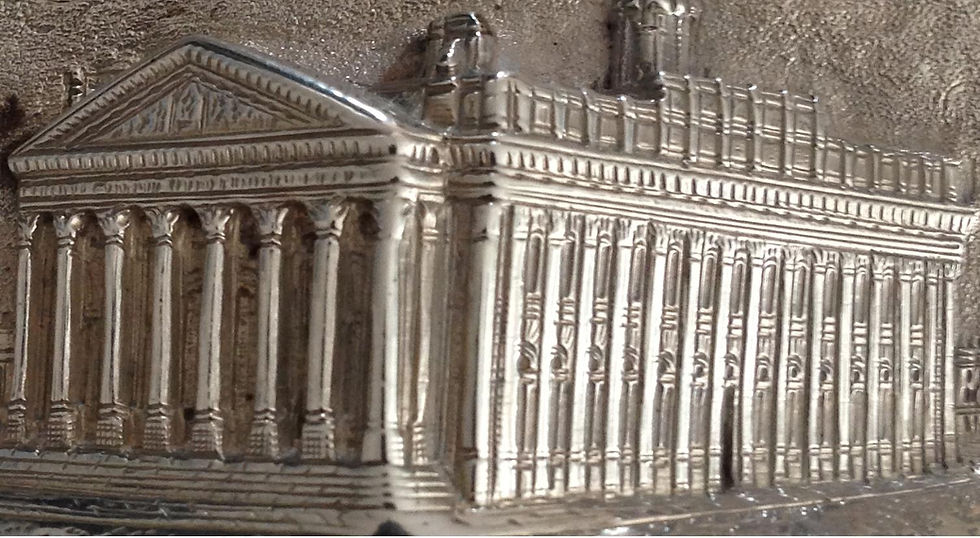When Valuable Silver Comes Calling!
- Matthew Lafite
- Sep 5, 2016
- 2 min read

It may seem an unusual question, but have you ever thought about how people connected with each other before the age of digital technology?
Your answer is probably a tentative "No". However, it remains a rather interesting avenue to explore.
One example was the use of the calling card, or visiting card (equivalent to today's business card), which gained in popularity from around the turn of the 19th century.
The accepted convention was to present your calling card upon arrival at someone's house to announce or give prior notice of a visit. The calling card would then be taken to the master of the household, who, after reviewing the card, would send word back as to whether the requested recipient was "in" or not – if the master wasn't in, then your visit was rejected, which is probably today's equivalent of ignoring a text!
Beginning from around 1830, the fashion was to enclose your visiting card in a specially designed case or holder.
Card cases were constructed from a range of materials, including different woods and base metals to leather and ivory. Reserved for only the most well-heeled individual, however, was the solid silver card case.
The grandest examples were the "castle top" variety, which were further embellished with stamped or engraved decorative scenes depicting important buildings or monuments.

This early Victorian practice spawned a booming trade for silver box makers and some of the best card cases were manufactured by Birmingham silversmiths, most notable of which was the firm of Nathaniel Mills.
Card cases such as these are highly prized by collectors and academics alike for their quality of manufacture and definition of decoration.
What sets a silver card case apart from others is largely down to the three Cs; condition, craftsman and castle top.
I am rather fortunate in my job to come in to contact with a number of fine silver castle top card cases, the piece that I am pictured with was crafted by the celebrated firm of Nathaniel Mills and assayed at Birmingham in 1841.
In superb condition, it is decorated on both sides with a depiction of Windsor Castle, each from a different viewpoint, in incredible finite detail. The detail of the second image is that of The Royal Exchange building in London, once again from another fine Mills card case.
I would highly doubt if there were ever a master of any Victorian household who wouldn't have immediately agreed to see an individual who presented their visiting card from a Nathaniel Mills castle top card case!





















